Home>Technology>Security & Surveillance>How To Test Door Lock Actuator
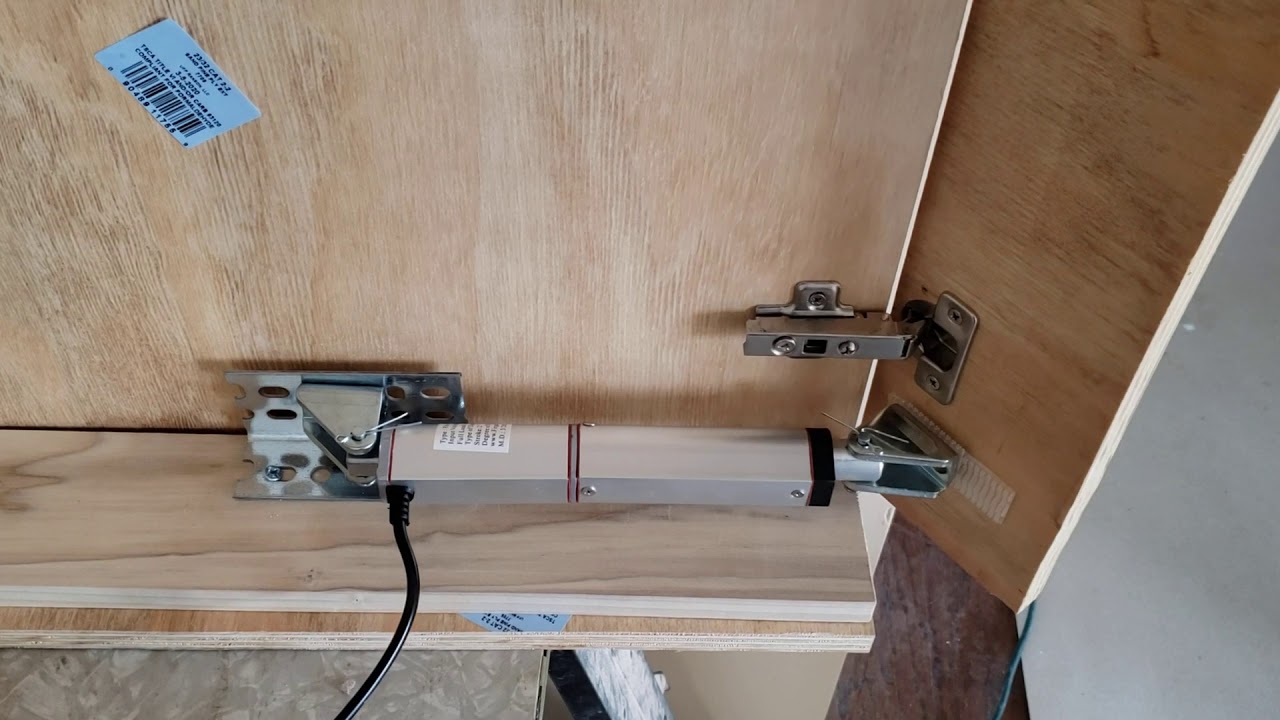

Security & Surveillance
How To Test Door Lock Actuator
Modified: January 7, 2024
Learn how to test a door lock actuator for your security and surveillance system. Follow these simple steps to ensure your door lock actuator is functioning properly.
(Many of the links in this article redirect to a specific reviewed product. Your purchase of these products through affiliate links helps to generate commission for Storables.com, at no extra cost. Learn more)
**
Introduction
**
Welcome to the comprehensive guide on testing a door lock actuator. The door lock actuator is a crucial component in modern vehicles, responsible for locking and unlocking the doors. Over time, these actuators can develop faults, leading to issues with door locking and unlocking mechanisms. To ensure the optimal functionality of your vehicle's door locks, it's essential to understand how to test the door lock actuator effectively.
In this guide, we will delve into the intricacies of door lock actuators, providing insights into their operation and common issues. Additionally, we will outline the tools and materials required for testing the door lock actuator, along with detailed steps to perform the test accurately. By the end of this article, you will have a comprehensive understanding of door lock actuators and the confidence to assess and troubleshoot any potential problems.
So, let's embark on this insightful journey to unravel the mysteries of door lock actuators and equip ourselves with the knowledge to ensure the security and functionality of our vehicles.
**
Key Takeaways:
- Understanding the Door Lock Actuator
The door lock actuator is like the “muscle” of your car’s door locks, helping them open and close. It can wear out over time, causing issues, so it’s important to know how to test it. - Testing the Door Lock Actuator
To make sure your car’s door locks work smoothly, use tools like a diagnostic scan tool and multimeter to check the actuator’s electrical and mechanical parts. This helps you find and fix any problems.
Read more: How To Fix Door Lock Actuator
Understanding the Door Lock Actuator
**
Before delving into the testing process, it's essential to grasp the fundamental role and functionality of a door lock actuator. In modern vehicles, the door lock actuator serves as the mechanism responsible for locking and unlocking the doors. It is an electrically powered component that converts electrical signals from the vehicle's central locking system or key fob into mechanical action, thereby engaging or disengaging the door locks.
The door lock actuator consists of a small electric motor, gears, and a linkage mechanism that physically moves the door lock. When an electrical signal is received, the motor turns, driving the gears to transfer the rotational motion into linear motion, which in turn activates the door lock. This seamless process allows for convenient and secure access to the vehicle, enhancing both safety and user experience.
However, like any electromechanical component, door lock actuators are susceptible to wear and tear over time. Common issues that may arise include motor failure, gear misalignment, or electrical connectivity problems. These issues can manifest as slow or noisy operation, complete failure to lock or unlock, or intermittent functionality.
Understanding the intricacies of the door lock actuator enables vehicle owners to diagnose and address potential issues effectively. By gaining insights into its operation, one can identify abnormal behaviors and take proactive measures to maintain the optimal performance of the door locking system.
Now that we have established a foundational understanding of the door lock actuator, let's explore the tools and materials required to conduct a comprehensive test of this vital component.
Tools and Materials Needed
Before initiating the testing process for the door lock actuator, it is imperative to gather the necessary tools and materials to ensure a thorough and accurate assessment. The following items are essential for conducting a comprehensive test:
- Diagnostic Scan Tool: A diagnostic scan tool is crucial for accessing the vehicle’s onboard computer system to retrieve error codes and monitor the status of the door lock actuator.
- Multimeter: A multimeter is indispensable for measuring electrical parameters, such as voltage, current, and resistance, enabling the evaluation of the actuator’s electrical components.
- Basic Hand Tools: Common hand tools, including screwdrivers, pliers, and trim removal tools, are necessary for accessing and disassembling the door panel to gain access to the actuator.
- Replacement Actuator (Optional): In the event of a faulty actuator, having a replacement unit on hand facilitates immediate replacement after the assessment.
- Protective Gear: Safety goggles and gloves are essential to ensure personal safety when working with electrical components and vehicle interiors.
Additionally, it is advisable to have the vehicle’s service manual or wiring diagrams readily available to reference the specific electrical connections and actuator location. By equipping oneself with the appropriate tools and resources, one can streamline the testing process and address any identified issues effectively.
With the tools and materials in hand, we are now prepared to delve into the systematic testing of the door lock actuator, unraveling its operational status and diagnosing potential malfunctions. The upcoming section will outline the step-by-step process for conducting a comprehensive test, empowering vehicle owners to maintain the optimal functionality of their door locking systems.
When testing a door lock actuator, use a multimeter to check for power and ground at the actuator connector. If there is power and ground, but the actuator doesn’t work, it may need to be replaced.
Testing the Door Lock Actuator
Testing the door lock actuator is a crucial step in diagnosing any underlying issues affecting the functionality of the door locking system. By performing a systematic assessment, vehicle owners can pinpoint potential faults and take appropriate measures to rectify them. The testing process involves evaluating both the electrical components and mechanical operation of the actuator to ensure its seamless performance.
During the testing procedure, it is essential to observe safety precautions and adhere to the manufacturer’s guidelines and recommendations. Working with electrical components and vehicle systems requires diligence and care to prevent accidents and damage to the vehicle.
By leveraging the diagnostic scan tool and multimeter, one can gain valuable insights into the electrical signals and parameters affecting the door lock actuator. Additionally, visually inspecting the actuator and its associated components for signs of wear, damage, or obstruction is integral to the comprehensive assessment.
Furthermore, the testing process may involve simulating the actuator’s operation through the vehicle’s central locking system, key fob, or manual door lock switch to assess its responsiveness and functionality. This hands-on approach provides a practical evaluation of the actuator’s ability to engage and disengage the door locks effectively.
Throughout the testing phase, meticulous documentation of observations and measurements is recommended, aiding in the accurate analysis of the actuator’s performance. Any irregularities or deviations from expected behavior should be noted for further investigation and troubleshooting.
With a thorough understanding of the testing process, we are now prepared to delve into the step-by-step procedure for evaluating the door lock actuator. By following the outlined steps meticulously, vehicle owners can gain valuable insights into the operational status of the actuator and take proactive measures to ensure the security and functionality of their vehicle’s door locking system.
Steps to Test the Door Lock Actuator
Testing the door lock actuator involves a systematic approach to assess both its electrical and mechanical functionality. By following these comprehensive steps, vehicle owners can gain valuable insights into the operational status of the actuator and identify any potential faults affecting the door locking system:
- Diagnostic Scan Tool Assessment: Utilize a diagnostic scan tool to retrieve error codes and monitor the status of the door lock actuator within the vehicle’s onboard computer system. Note any relevant error codes or diagnostic information for further analysis.
- Multimeter Evaluation: Using a multimeter, measure the electrical parameters of the door lock actuator, including voltage supply, current draw, and resistance. Compare the obtained values with the manufacturer’s specifications to determine the electrical integrity of the actuator.
- Visual Inspection: Visually inspect the door lock actuator and its associated components for signs of wear, damage, or obstruction. Ensure that the actuator’s linkage and mounting are secure and free from any impediments that may hinder its operation.
- Operational Testing: Simulate the actuator’s operation through the vehicle’s central locking system, key fob, or manual door lock switch. Observe the actuator’s responsiveness and the door lock’s engagement and disengagement, noting any irregularities or inconsistent behavior.
- Documentation and Analysis: Meticulously document the observations, measurements, and test results obtained during the assessment. Analyze the collected data to identify any deviations from expected performance and potential root causes of observed issues.
- Optional Replacement: If a faulty actuator is identified and a replacement unit is available, consider replacing the actuator following the manufacturer’s recommended procedures. Verify the functionality of the new actuator to ensure a seamless door locking operation.
By diligently following these steps, vehicle owners can conduct a thorough and methodical assessment of the door lock actuator, enabling them to make informed decisions regarding maintenance, repairs, or replacements. The insights gained from the testing process empower individuals to uphold the security and reliability of their vehicle’s door locking system, enhancing overall safety and user experience.
With a comprehensive understanding of the testing procedure, we have equipped ourselves with the knowledge and tools to maintain the optimal functionality of the door lock actuator. Let’s conclude our journey by summarizing the key insights and emphasizing the importance of regular assessments for ensuring the security and performance of our vehicles.
Read more: How To Replace Door Lock Actuator
Conclusion
Congratulations on completing the comprehensive guide on testing a door lock actuator. Throughout this journey, we have delved into the intricacies of door lock actuators, understanding their fundamental role in the door locking system of modern vehicles. By unraveling the operational principles and potential issues associated with door lock actuators, we have empowered ourselves with the knowledge to conduct systematic assessments and ensure the optimal functionality of this vital component.
Equipped with the essential tools and materials, we have explored the testing process in detail, emphasizing the significance of evaluating both the electrical and mechanical aspects of the door lock actuator. By leveraging diagnostic scan tools, multimeters, and hands-on operational testing, vehicle owners can gain valuable insights into the actuator’s performance and identify any underlying faults that may compromise the door locking system’s reliability.
Furthermore, the step-by-step procedure outlined for testing the door lock actuator provides a structured and methodical approach to conduct a thorough assessment. By following these comprehensive steps, individuals can systematically diagnose potential issues, document observations, and make informed decisions regarding maintenance, repairs, or replacements.
Regular testing and maintenance of the door lock actuator are essential for upholding the security and functionality of the vehicle’s door locking system. By proactively addressing any identified issues, vehicle owners can ensure a seamless and reliable door locking experience, enhancing both safety and user convenience.
As we conclude this insightful journey, it is imperative to emphasize the value of knowledge and proactive maintenance in preserving the integrity of our vehicles. By understanding the intricacies of critical components such as the door lock actuator and engaging in regular assessments, we contribute to the longevity and optimal performance of our vehicles, fostering a safe and enjoyable driving experience.
Thank you for embarking on this enlightening exploration of door lock actuators. May the knowledge gained empower you to uphold the security and functionality of your vehicle’s door locking system, ensuring peace of mind and confidence in every journey.
Frequently Asked Questions about How To Test Door Lock Actuator
Was this page helpful?
At Storables.com, we guarantee accurate and reliable information. Our content, validated by Expert Board Contributors, is crafted following stringent Editorial Policies. We're committed to providing you with well-researched, expert-backed insights for all your informational needs.
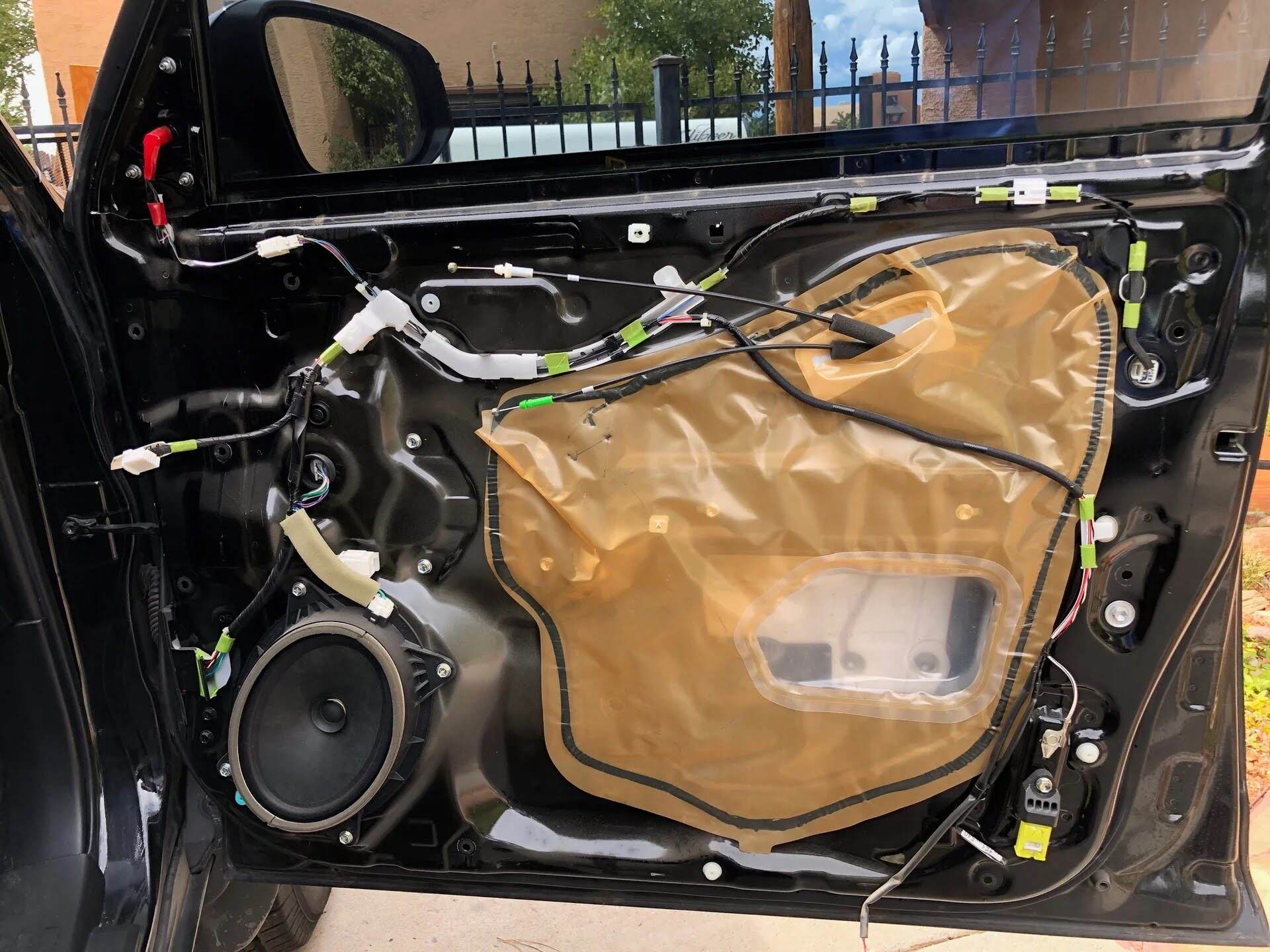
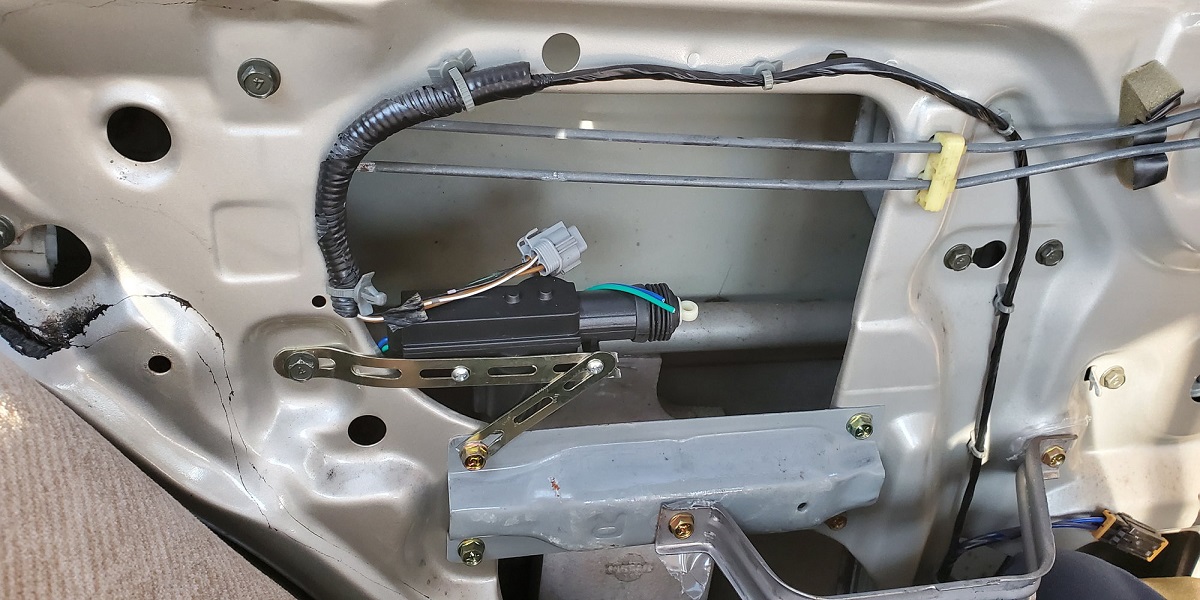
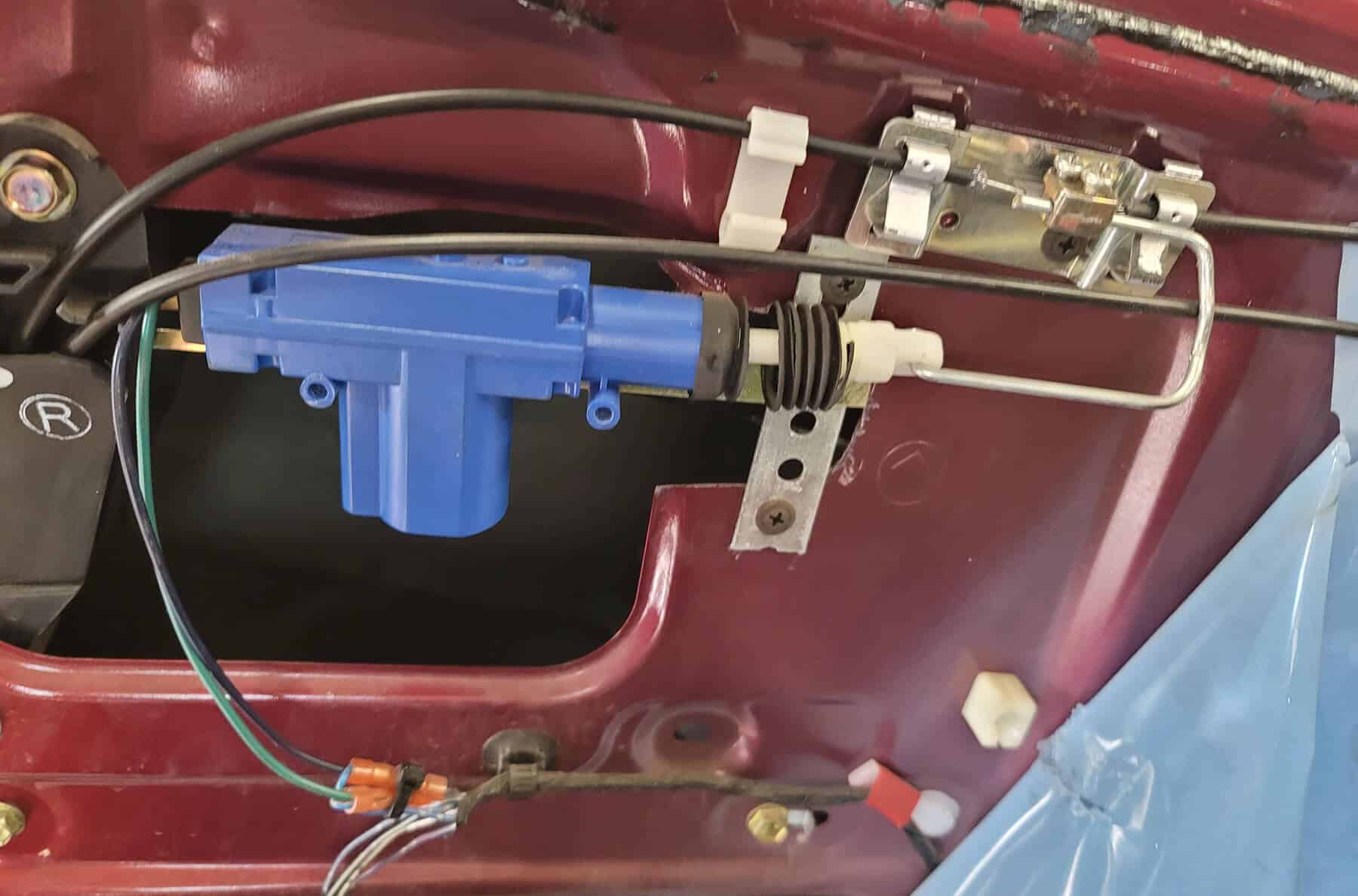
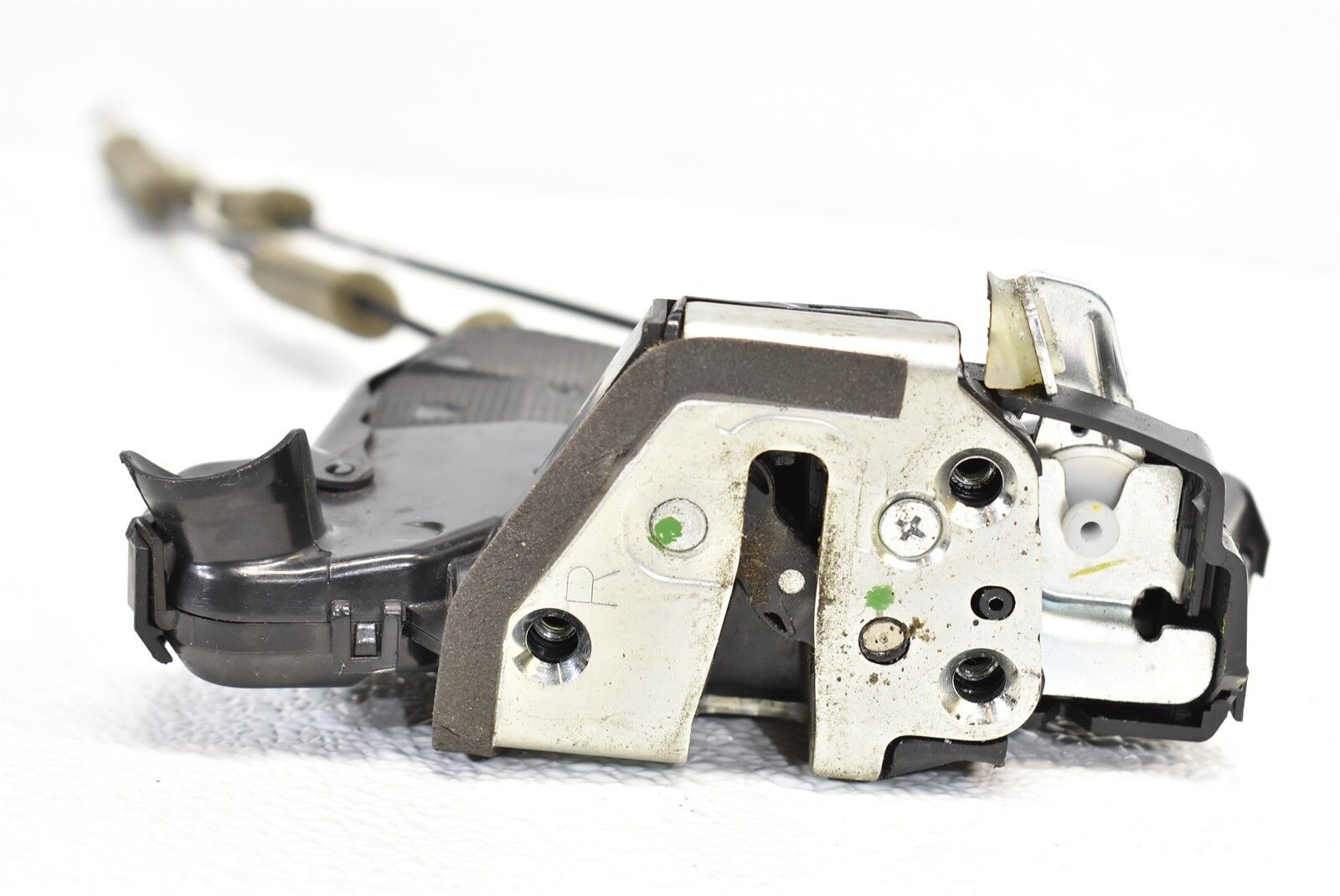
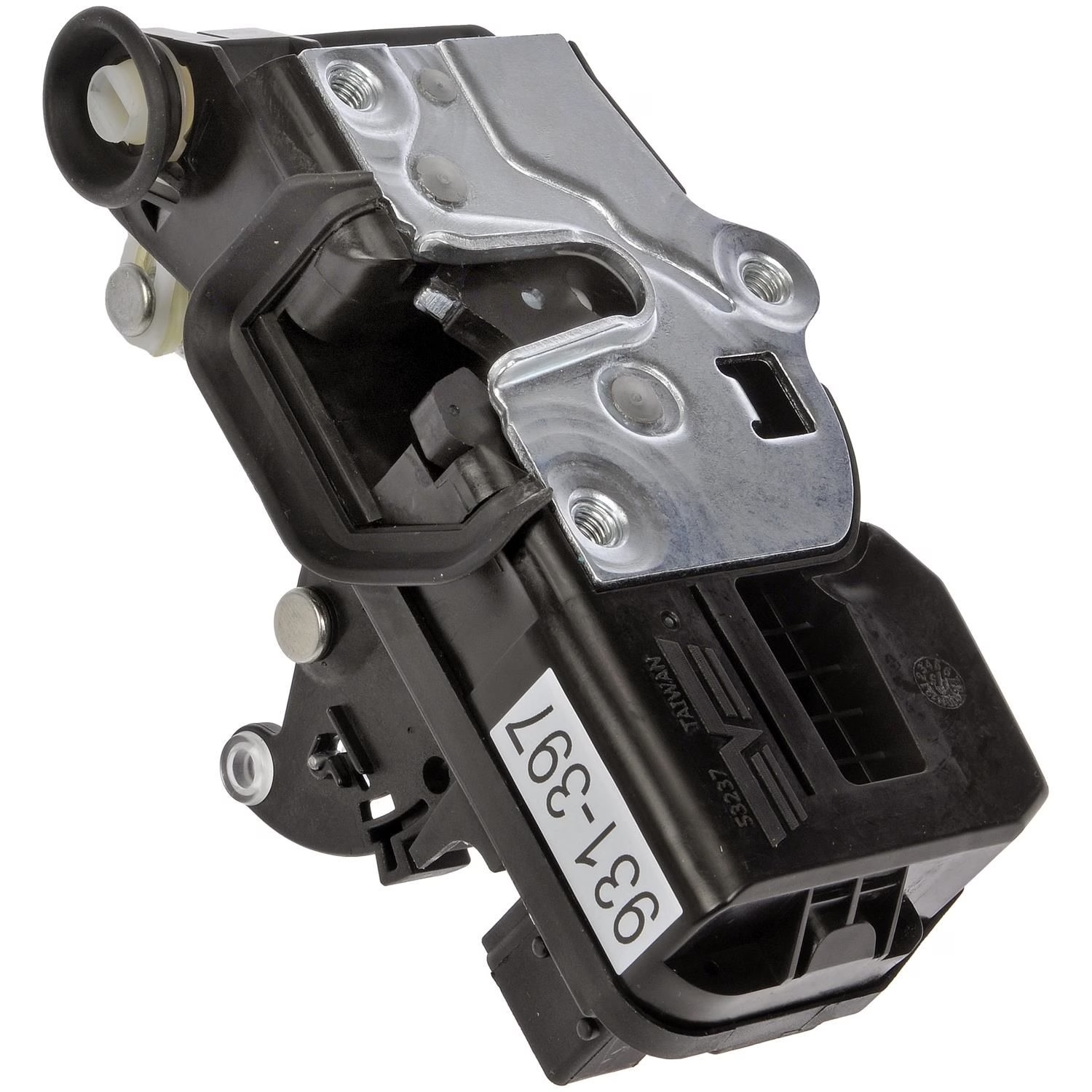
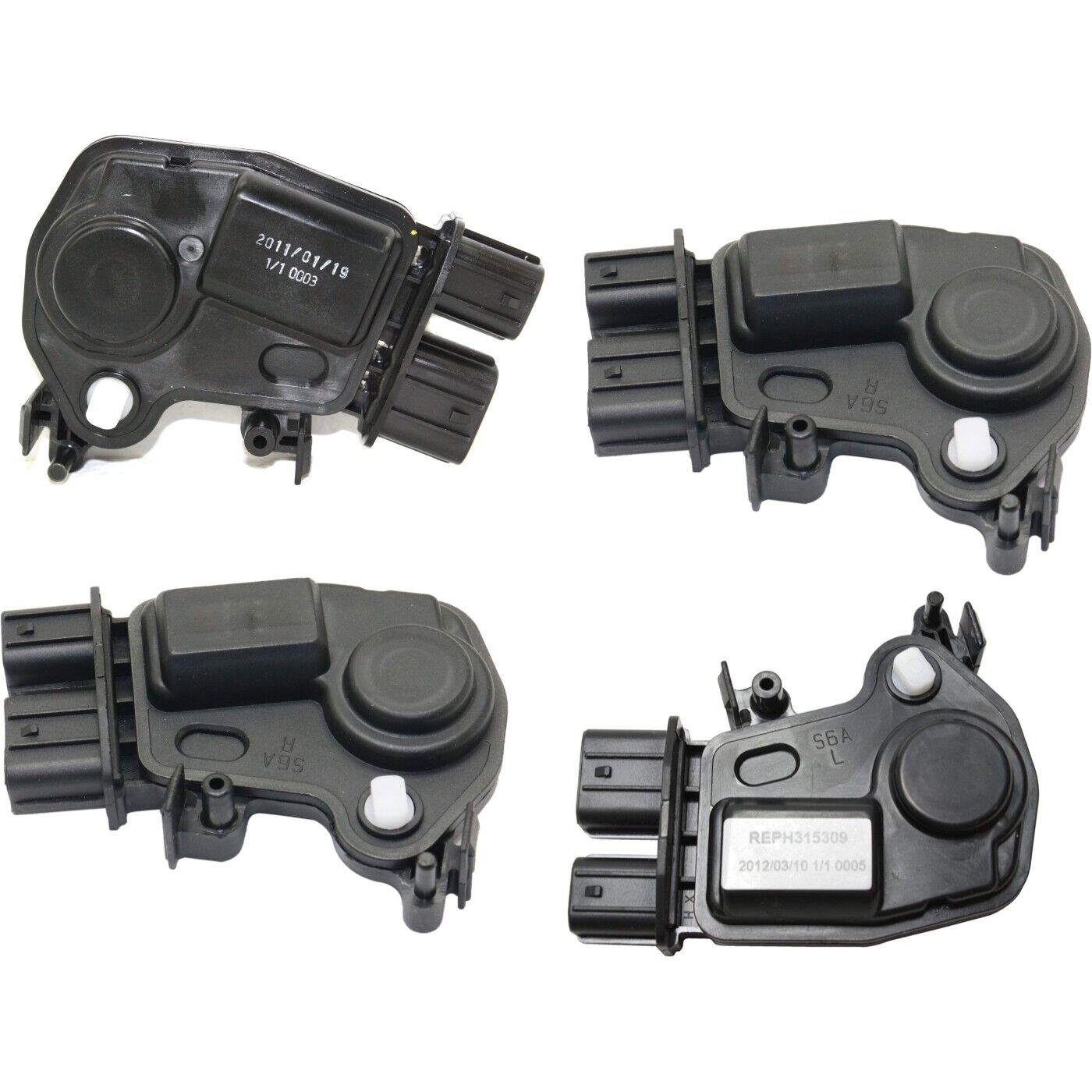
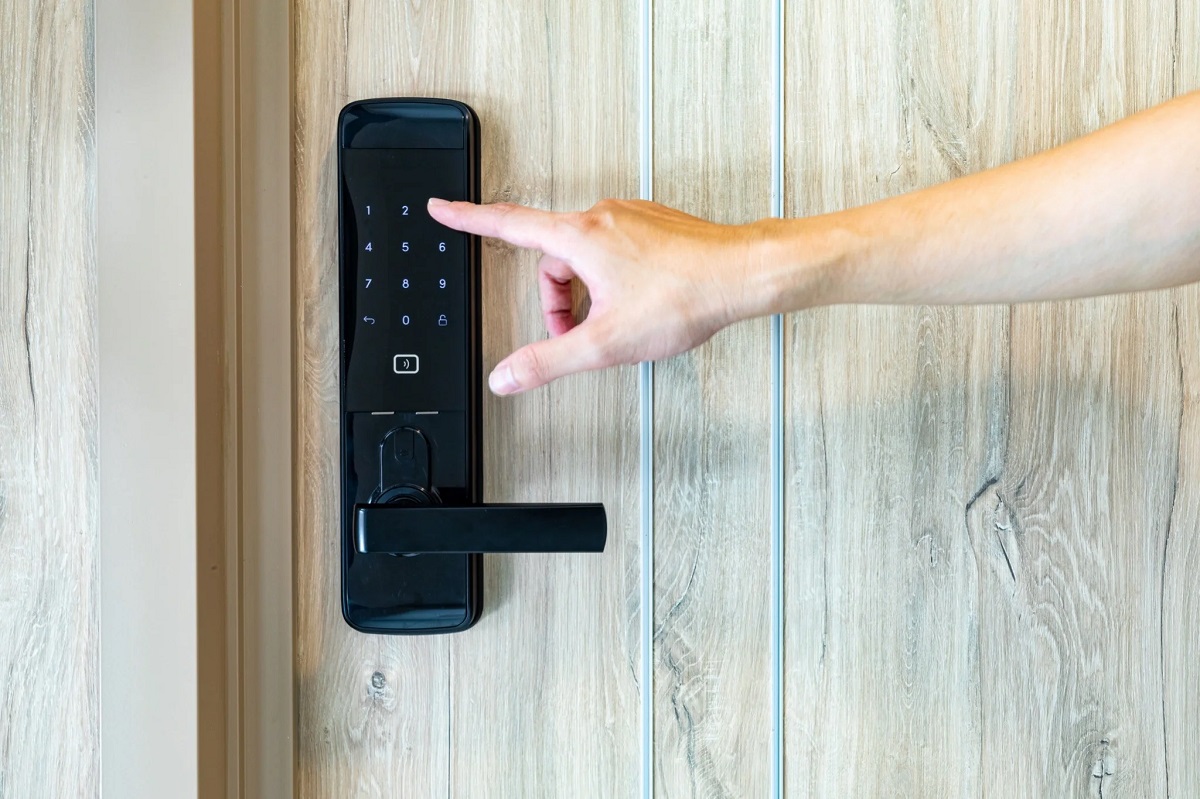

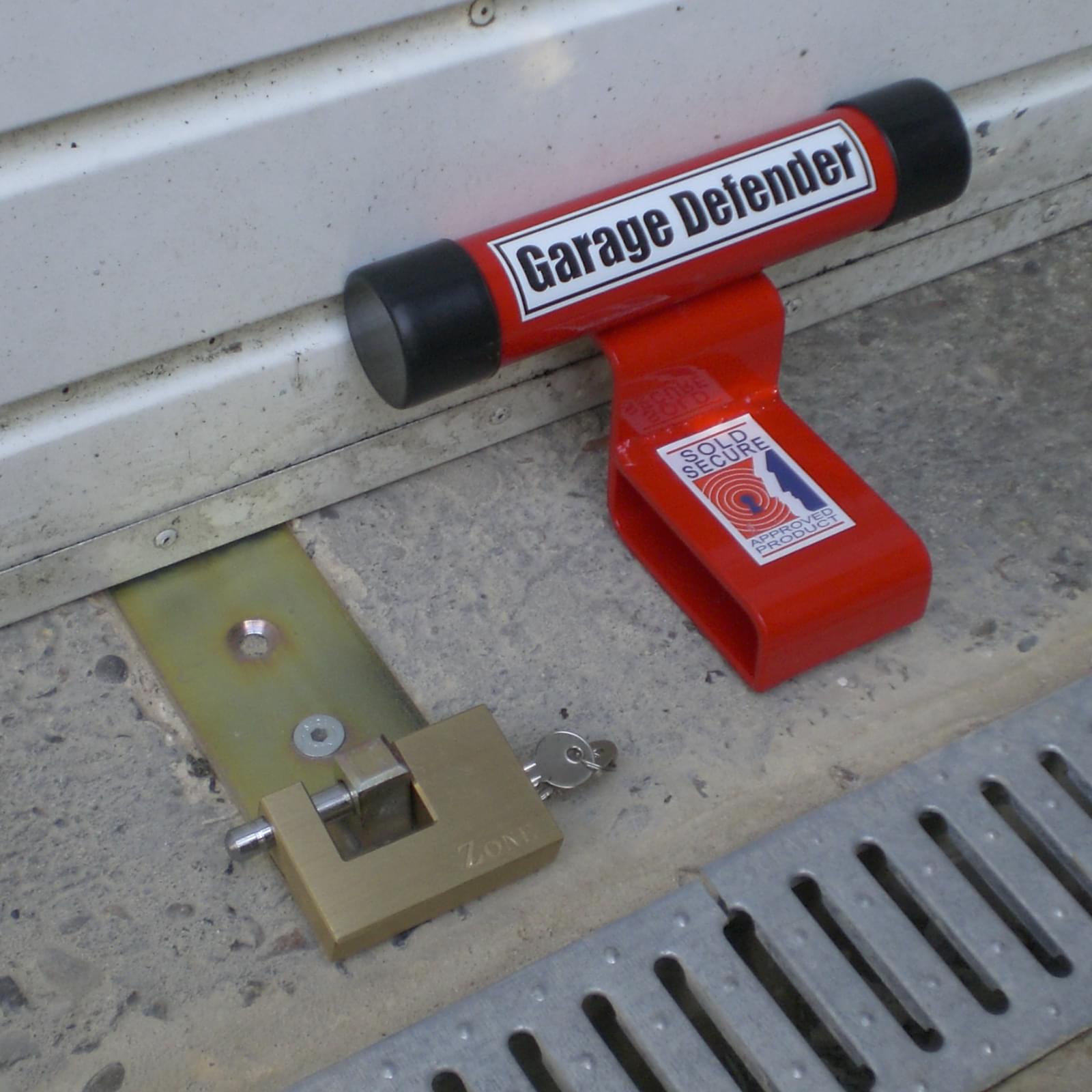
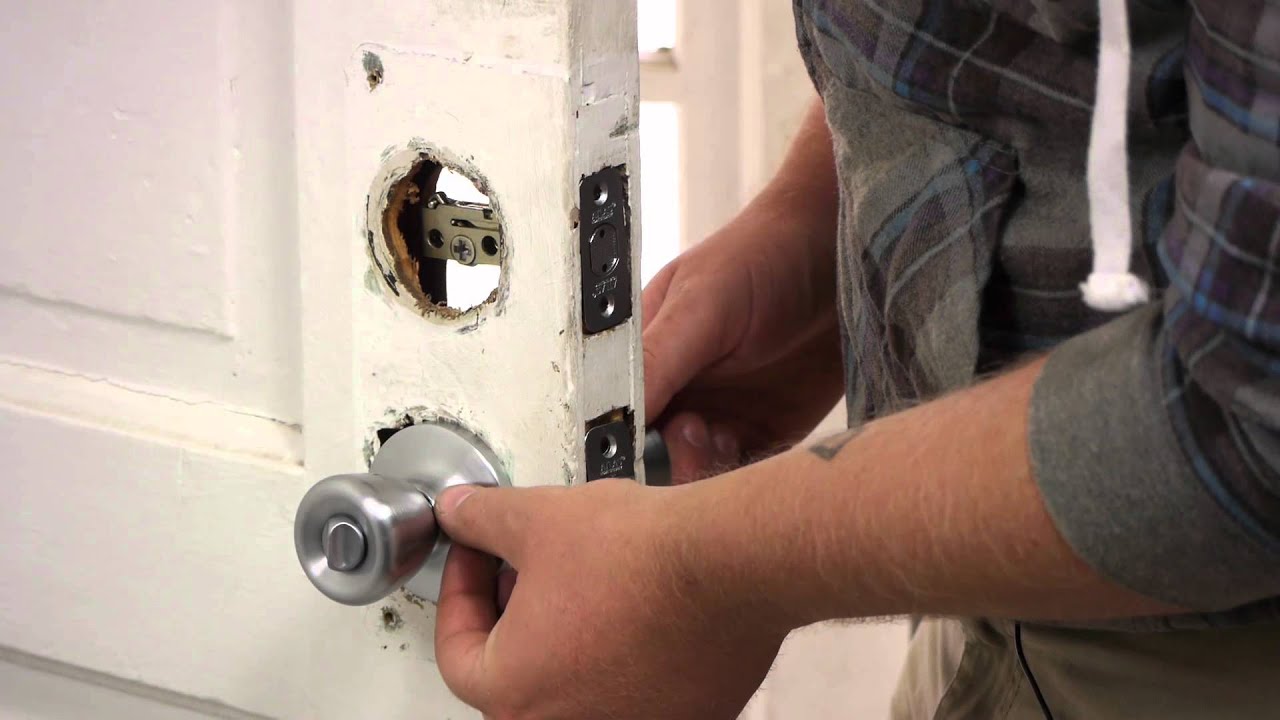
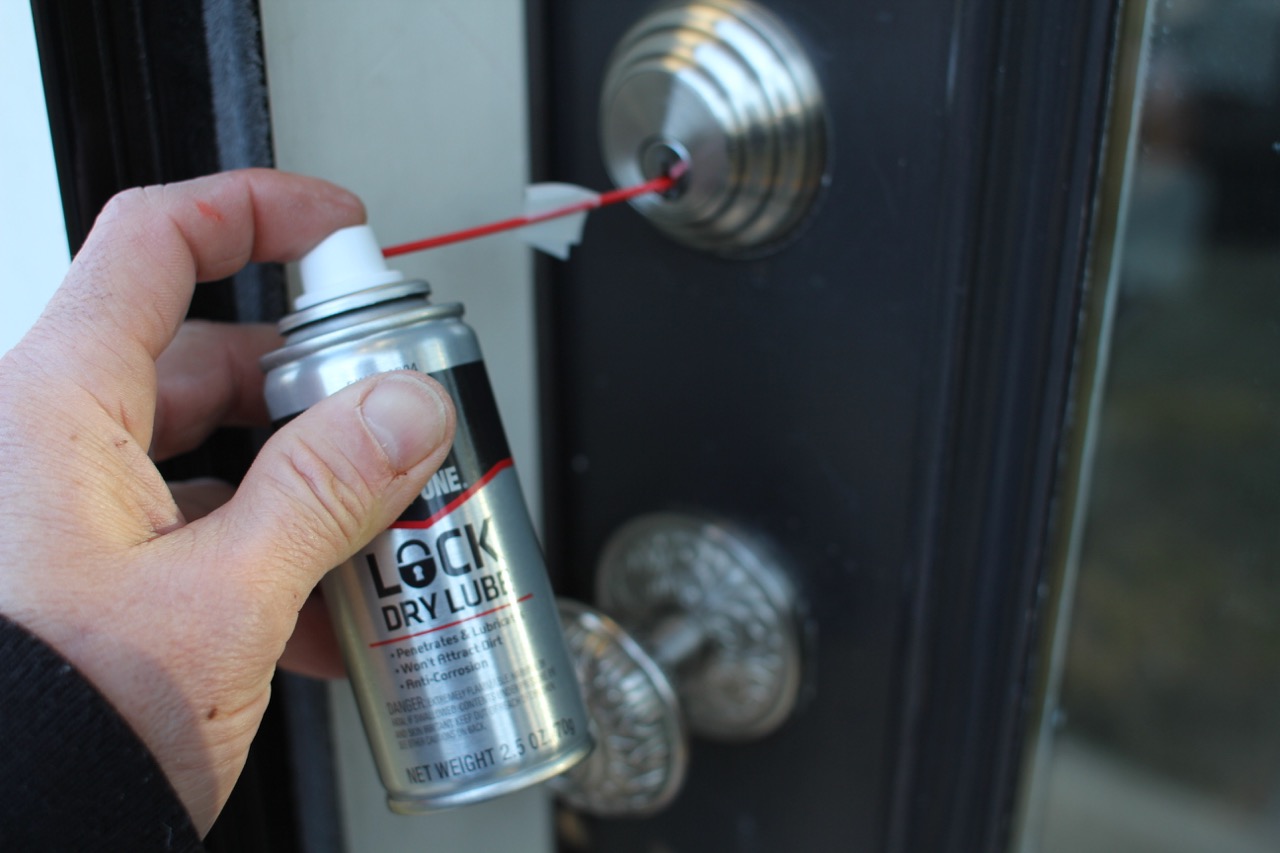
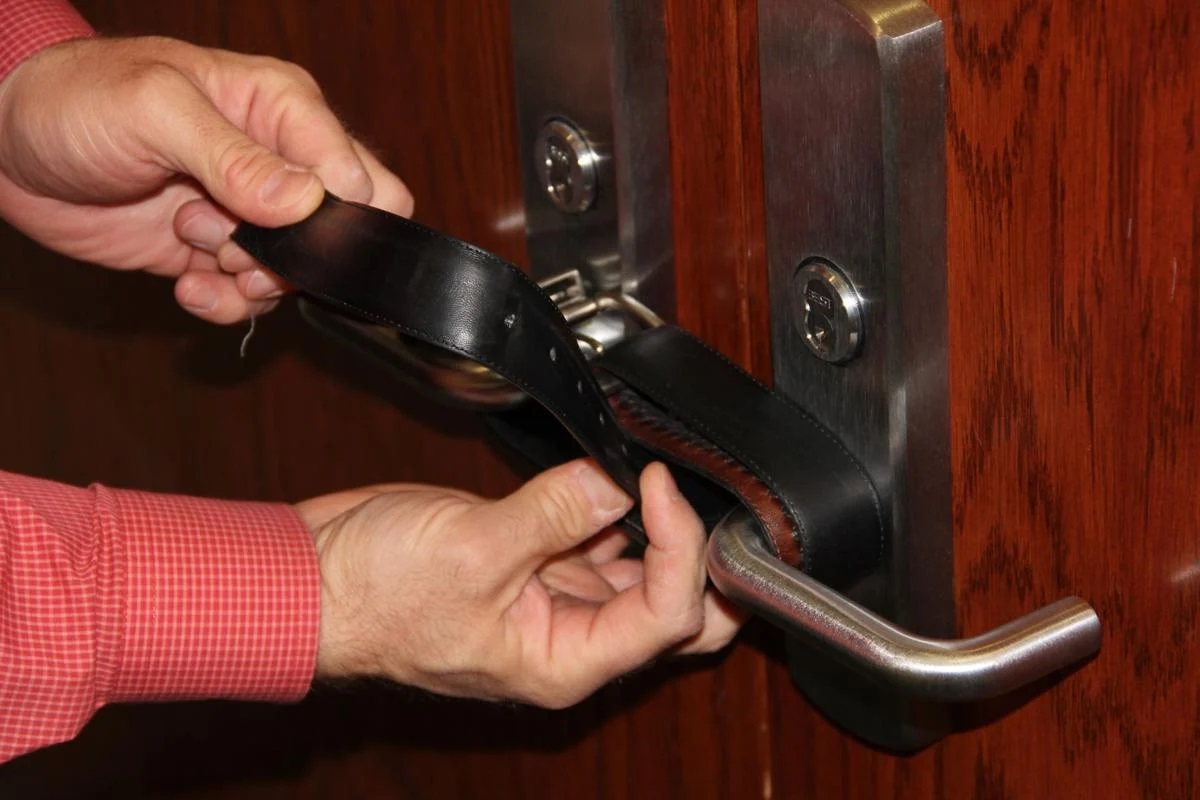
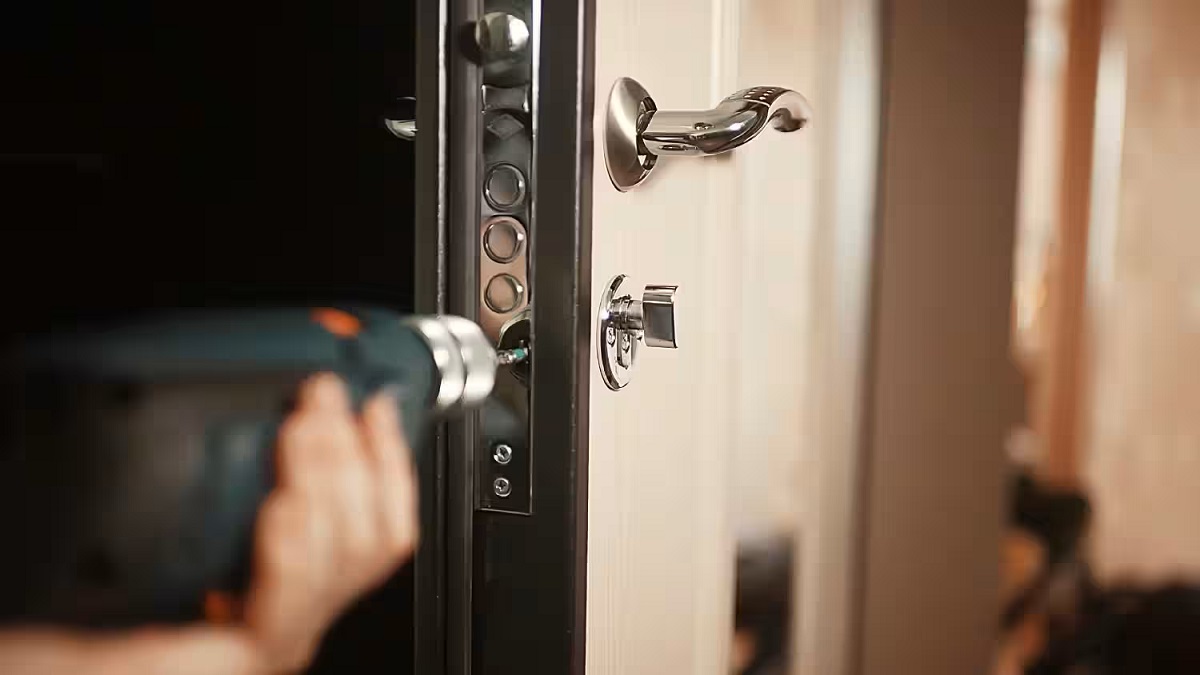
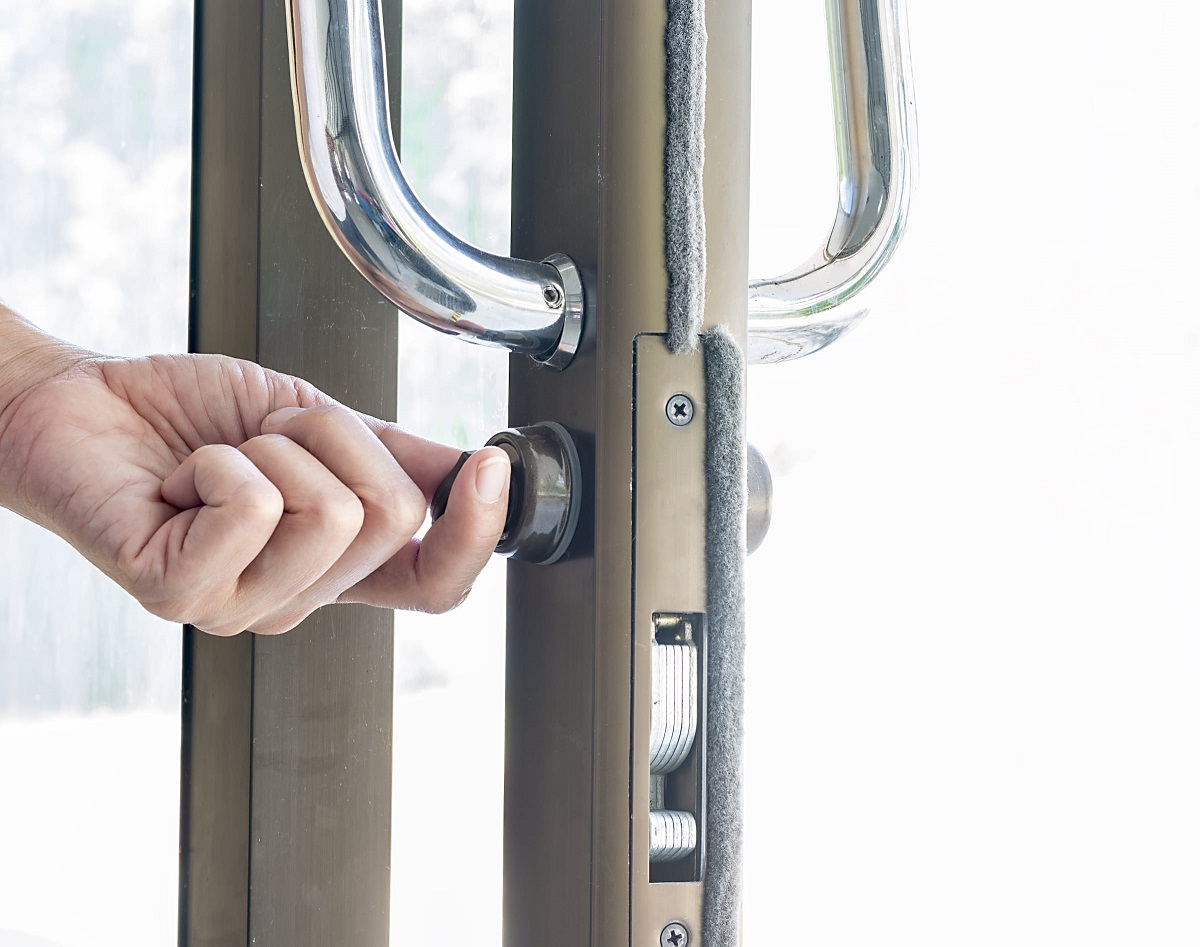

0 thoughts on “How To Test Door Lock Actuator”